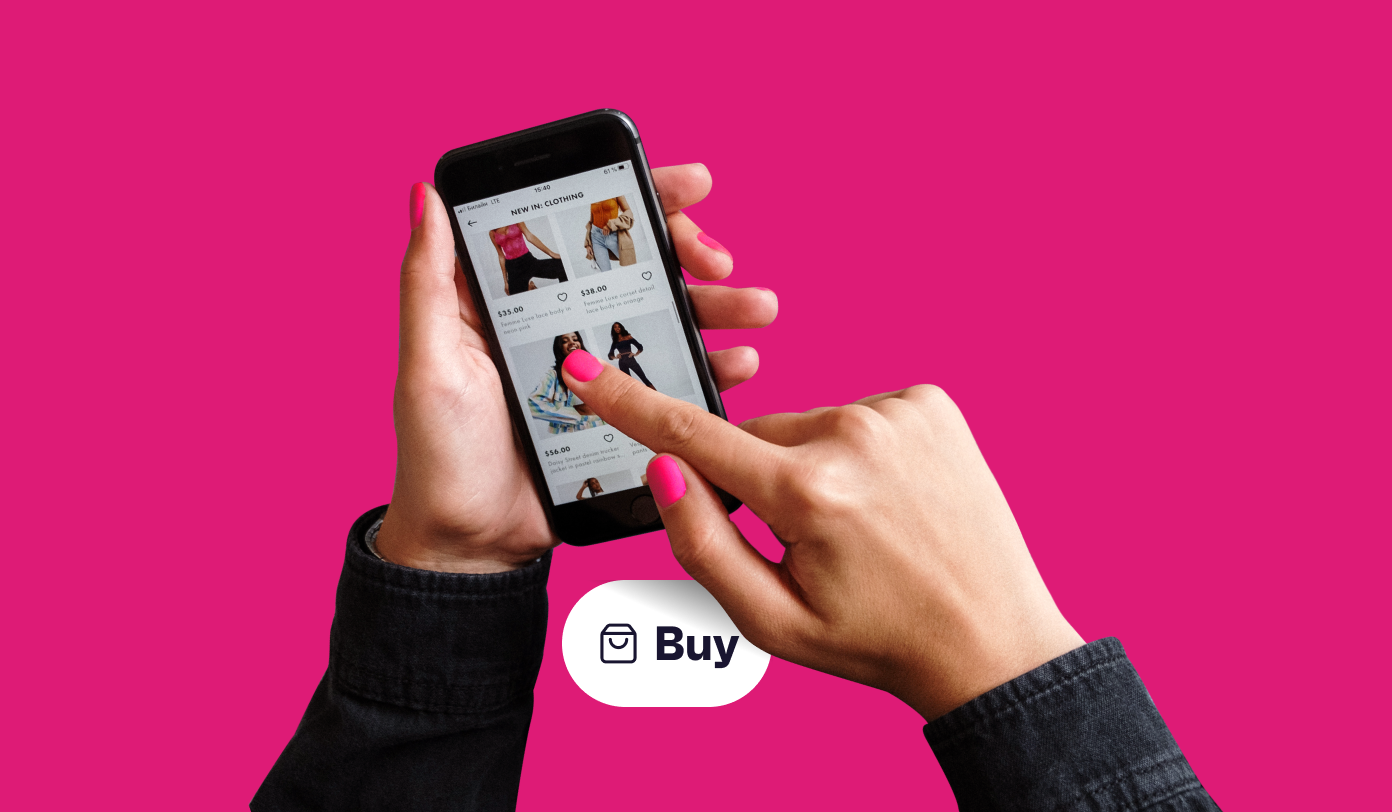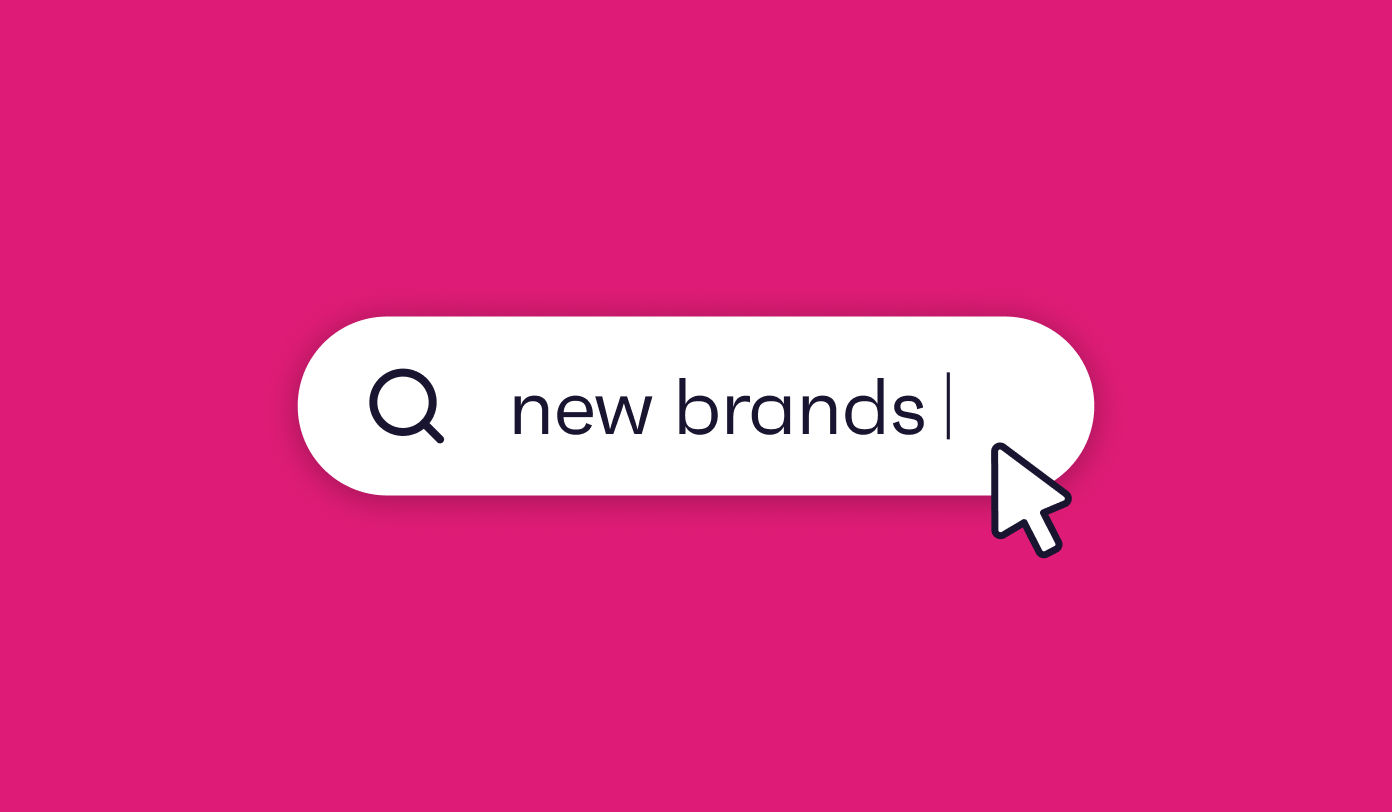There’s no two-ways about it, budgets are tight. Consumers and brands alike are feeling the pinch, leaving many contemplating where to cut back. For brands, scaling down marketing activity seems like the obvious move, but is it the right one?
Looking at our latest data on consumer brand trust and spending, we’d be inclined to say no. While it’s true that consumers are more price conscious, that doesn’t mean they’re not spending. In fact, 38% of US consumers say they’re spending the same amount compared to two years ago, and the number of US consumers who’ve purchased domestic or international vacations in the last 3-6 months is up 8% since Q3 2021.
If your brand is going to ride the wave of the economic downturn and convert new customers along the way, you’ve got to be in it to win it. Granted, that’s easier said than done, but with the latest consumer data to guide you, you can make your marketing work harder, and ensure that all important ROI. Let’s get into it.
4 ways to improve the ROI of your marketing efforts
- Focus your marketing on what your consumers actually want, not what you think they want
- Maximize your ad spend with messaging that resonates
- Maintain your brand presence by spending what you can afford to
- Use data as your secret sauce to success
Now, let’s get into the detail.
1. Focus your marketing on what you know consumers want, not what you think they want
Competition is high and budgets are being tested, which means it’s increasingly difficult for brands to win consumers over. Consumers’ needs and expectations are changing due to the circumstances they find themselves in, and brands need to respond accordingly. What may have hit the mark with consumers a few years ago is unlikely to have the same impact as we teeter on the edge of a recession.
Rolling out the same strategies as years gone by is not the answer. Brands need to be nimble and lean into what consumers are looking for if they want to convert them as customers. So what do we know?
Consumers are still spending but their priorities have changed.
- Exclusivity is much less appealing: Since Q3 2019, the number of consumers motivated to buy through exclusive content or services has declined 17%
- Brand loyalty is shaky: The number of internet users motivated to buy by loyalty points is down 16%, and there’s been a 6% decline in consumers who say they’re loyal to the brands they like
- They’re spending less time looking for the best deals: There’s been a 9% decline in two years
So what can you do to keep customers engaged and entice new ones? Focus your attention on marketing that puts their needs front and center; they want to feel understood.
38% say the most effective method to sell a product is an advertisement that changes content or promotions based on specific consumer behavior, i.e. that adapts to what they’re already doing.
Think about how you can personalize your marketing in a way that speaks to what your audience needs right now, and makes their life easier. It could be as simple as offering individual discounts to customers on the items they buy most often, be that their favorite brand of cereal or washing powder.
2. Maximize your ad spend with messaging you know will resonate
When the pressure’s on to drive results, the last thing you want to do is throw paint at the wall and see what sticks. Dive deep into audience data to make sure you’re crafting a message that converts.
Analyze your audience’s purchase behavior and values to validate your assumptions before you pump money into ads. You might uncover an insight that turns your entire messaging on its head.
For instance, in an economic downturn, you may assume that cost would be the overriding consideration for consumers when deciding whether to buy from a brand and make this the key focus of your digital ads, however 53% of consumers say quality is most important to them. Cost is of course a major factor (36% say this is important), but rather than relying on cheap alternatives, consumers are opting for quality options that will stand the test of time. As the old adage goes, “buy cheap, buy twice”.
Consumers turn to good quality products and reliable brands when times get tough.
Other important factors for consumers when deciding which brands to buy from include ‘if I trust the brand’ (32% say this), ‘good reputation’ (31% say this) and ‘positive customer reviews’ (31% say this), which goes to show it doesn’t have to be a race to the bottom to stay competitive.
3. Spend what you can afford to maintain a brand presence
If you’re thinking about slashing your marketing spend, chances are you’re not the only one, in fact, your competitors are probably thinking the exact same way. Use this to your advantage. Maintaining a marketing presence when your competitors are pulling back can help you stand out without having to reach further into your pocket.
Leaning in when your competitors are pulling back can provide you with a unique opportunity to grow your market share.
Don’t turn the lights out – just dim them if you need to. Right now, consumers expect you to be there, so focus on where you can find them. Since 2019, the number of consumers finding new brands through ads/sponsored content on podcasts is up 6%, and up 9% through ads on music-streaming services, so if you’re looking to expand your customer base, this could be a good place to start.
4. Use data as your secret sauce to success
It’s never been more important to spend strategically, so if something isn’t working, don’t be afraid to pull the plug. Take an objective look at which channels are driving ROI, and reallocate budget away from underperforming channels. Use audience data to guide you on ways to optimize and dial up your existing campaign, or inform new channels to explore.
Zeroing in on where your audience hangs out online, what types of media they consume, and their social media habits can help you find fool-proof ways to target them, and even tap into new audiences who may not be familiar with your brand.
Let’s say you’re an energy drinks brand with a core audience of 16-24 year olds, who you’ve been targeting exclusively with Instagram paid ads. From digging a little deeper into the platform, you can see that your audience has a standout interest in watching cricket and playing esports, and spend a lot longer on music streaming services than the average consumer. This could inform a new ad campaign on a popular streaming platform, or a partnership with their favorite cricket team.
Conducting a detailed audience analysis will also give you a true picture of their attitudes towards money, and how they’re prioritizing their spending in an economic downturn. Disparities between what your audience says they’re price conscious about, and what they’re actually spending less on can tell an interesting story about their motivations.
They may be spending out of necessity (i.e. they’re price conscious about food/groceries, but aren’t spending any less because food prices are increasing), or maybe they’re choosing to adopt a YOLO attitude to spending (i.e. they’re price conscious about clothing/shoes, but want to treat themselves anyway). Either way, these insights can help you be more savvy with your campaigns and ensure they hit the mark.
The bottom line
When it feels like you’re on shaky ground, relying on fresh consumer data will provide a stable bedrock for decision making, providing you with the insights you need to spend strategically through an economic downturn.
Report
Discover the trends that'll dominate 2023
Get ahead





.webp?width=495&height=317&name=pink_thumb_graphs%20(1).webp)
.webp?width=495&height=317&name=pink_thumb_letter%20(2).webp)
